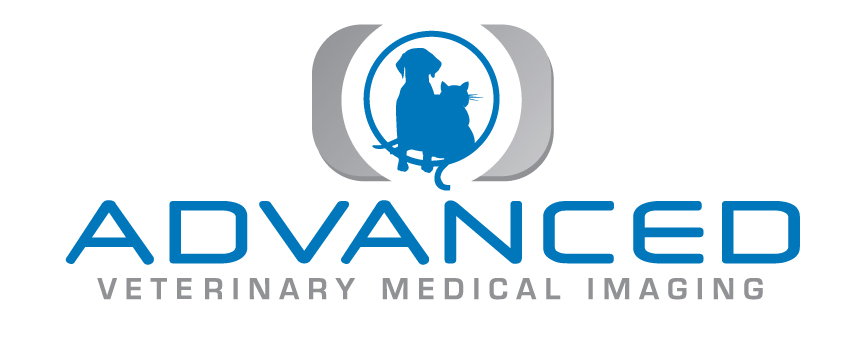Suran JN, Durham AMY, Mai W, et al.
Veterinary Radiology & Ultrasound 2011;52:10-16.
Gadolinium-enhancement of compressive extradural material is detected occasionally with magnetic resonance (MR) imaging in dogs. Our goal was to characterize contrast enhancement of extradural compressive material associated with intervertebral disc herniation, and to evaluate the association between enhancement and histopathologic findings and the onset of clinical signs. Ninety-three dogs with a total of 99 lesions diagnosed as intervertebral disc herniation on MR imaging were assessed. Images were evaluated for lesion location, type of herniation, degree of compression, intramedullary T2-weighted (T2W) intensities, and contrast enhancement. In 23 dogs, surgically removed compressive material was evaluated histopathologically for hemorrhage, inflammation, neovascularization, fibroplasia, fibrosis, mineralization, necrosis, and chronicity. Contrast enhancement of extradural compressive material, meninges, and both the compressive materials and meninges was present in 51.5%, 39.4%, and 17.2% of lesions, respectively. Extradural enhancement occurred more frequently in extrusions than protrusions (P=0.001). Meningeal enhancement and more severe neurologic deficits were significantly associated with a shorter duration of clinical signs (P=0.04 and 0.01, respectively). Intramedullary T2W hyperintensities, present with 44.4% of lesions, were associated with more severe neurologic deficits (P=0.001). Lesions with extradural enhancement were more often considered subacute to chronic in duration and more frequently associated with hemorrhage compared with nonenhancing material; however, no statistically significant association was established between contrast enhancement and histopathologic findings. Contrast enhancement of extradural compressive material and the meninges was found to be common with intervertebral disc herniation, and should not be interpreted as a specific sign of a mass lesion such as neoplasia.

